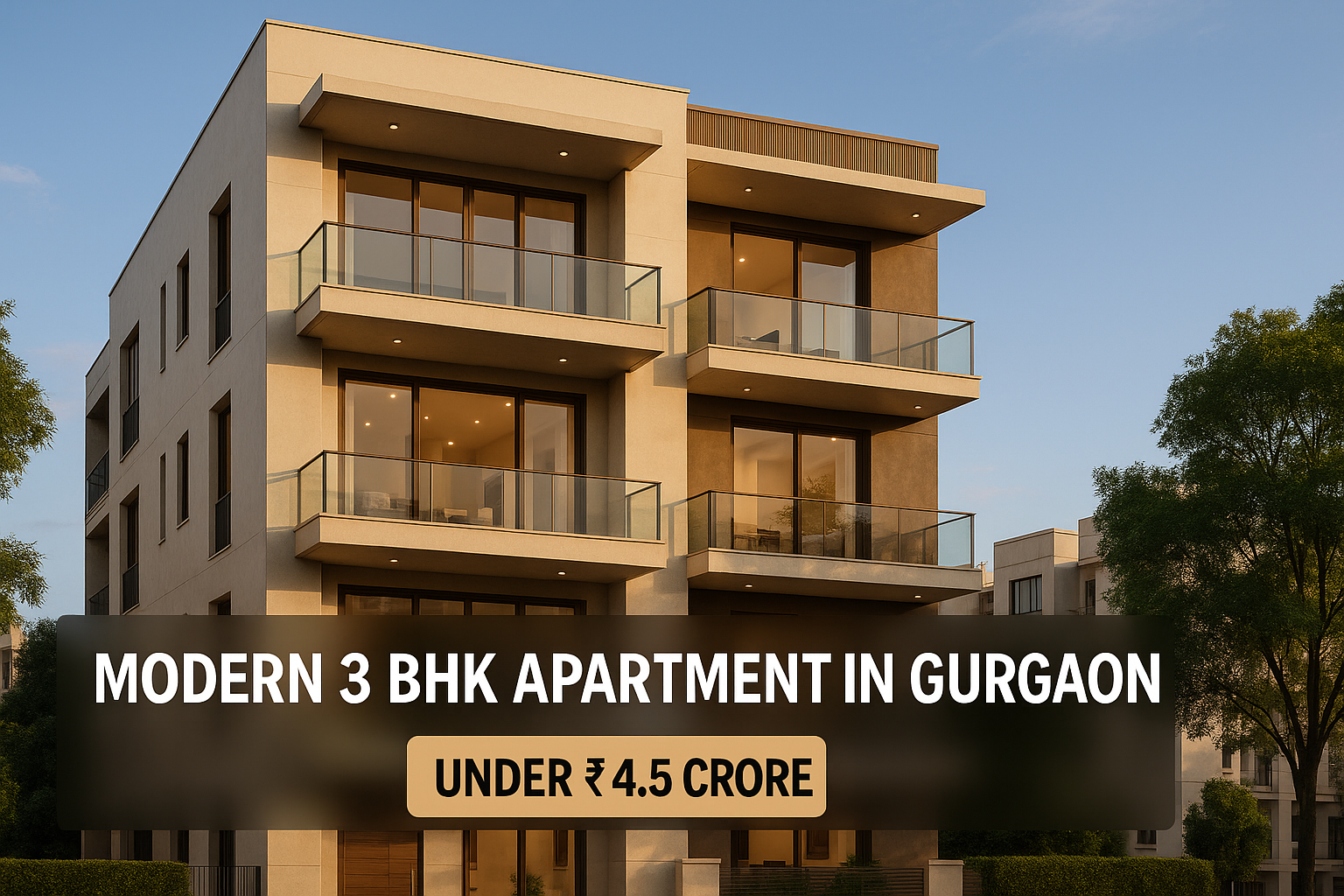Reimagining Mumbai: A New Vision with Better Transit, Affordable Homes, and Green Spaces
What does the future of Mumbai look like? Picture this: a city where traveling is smooth, homes are affordable, and nature is right around the corner. That’s exactly the future urban experts are dreaming of. But how do we turn this buzzing metropolis into a livable, sustainable space for everyone? Let’s take a peek into what needs to change—and how it can be done.
Why Reimagine Mumbai?
As India’s financial capital, Mumbai is packed with opportunity—but also overcrowded trains, rising rent, and shrinking green areas. While millions move to the city each year hoping for a better life, they often end up struggling with poor public transport, high housing costs, and limited recreational spaces.
According to urban planners and community experts, it’s time to rethink how Mumbai grows. The goal? Create a city that works for everyone—not just the wealthy or the lucky few.
Public Transport: Making the Commute Stress-Free
Ever been inside a Mumbai local train during peak hours? You probably know the meaning of “packed like sardines.” Transport is the lifeblood of any city, and for Mumbai, this lifeblood badly needs a transfusion.
Challenges with Mumbai’s Transport System:
- Overcrowded trains and buses
- Inadequate last-mile connectivity (the gap between a commuter’s home and the nearest station)
- Lack of pedestrian-friendly infrastructure
Experts are calling for a more integrated, multimodal transport network. This means better connectivity between trains, buses, and metros—with smoother transitions and safer walkways.
Imagine getting off a train, hopping onto a bus without a long wait, and walking on clean, shaded footpaths. Sounds dreamy? It could be a reality with the right planning.
Solutions on the Table
- Expanding the metro network to cover more areas, especially underserved neighborhoods
- Creating dedicated bike lanes and pedestrian zones
- Deploying electric buses to reduce air pollution
These changes won’t happen overnight. But step by step, they can make commuting a lot less stressful and much more eco-friendly.
Affordable Housing: Everyone Deserves a Place to Call Home
Real estate in Mumbai often seems like it’s meant only for the rich. A decent one-room home in many parts of the city can cost more than an entire house in smaller towns. For millions of Mumbaikars, finding a secure, clean, and affordable place to live is nothing short of a miracle.
In fact, over half of Mumbai’s population lives in informal settlements or slums. This isn’t just a housing issue—it’s a quality-of-life issue.
Here’s What We Need:
- Inclusive housing policies that make homes affordable for low- and middle-income families
- Mixed-income developments where people from different economic backgrounds live together
- Rental housing projects for migrants and temporary workers
Why mixed-income housing, you ask? Because it encourages community bonding and prevents the formation of isolated lower-income pockets. Plus, it promotes economic diversity within neighborhoods.
Imagine a Mumbai where teachers, shopkeepers, tech employees, and delivery workers all share the same zip code—not because they have to, but because the city is built that way.
More Green Spaces: A City That Breathes
When was the last time you sat under a tree in Mumbai and listened to birds instead of honking horns? If you had to think for longer than five seconds, that says it all.
Access to open, green spaces isn’t a luxury—it’s a necessity. Green areas help reduce air pollution, cool down temperatures, and improve mental health.
The Current Scenario Isn’t So Green
Mumbai has considerably less open space compared to global standards. Most of the city’s parks are either overcrowded or poorly maintained. Meanwhile, rapid construction is swallowing up the few remaining trees and patches of land.
Smart Ideas to Bring Nature Closer:
- Reviving mangroves and wetlands instead of building over them
- Rooftop gardens in residential and commercial buildings
- Developing micro-parks in empty plots and unused spaces
One community in South Mumbai recently transformed a garbage dump into a thriving garden with walking paths. If regular folks can do that, imagine what the city could achieve with government support!
Planning with People, Not Just for Them
One of the most powerful messages from urban experts was this: Include citizens in urban planning. After all, who knows a neighborhood better than the people who live there?
Developing a sustainable Mumbai means balancing infrastructure with community needs. This means:
- Conducting local surveys before planning new projects
- Creating feedback loops so residents can express concerns
- Involving youth and women in city design conversations
Think of it like cooking a family meal—you wouldn’t decide the menu alone; you’d ask everyone what they’d like. City planning should be just like that—a group effort.
A Glimpse into a Better Future
Close your eyes and imagine this:
- Clean, fast metros whisking you across the city in air-conditioned comfort
- Affordable apartments built around green parks buzzing with kids and elderly walkers
- Bursting flower beds on your street corner and chirping birds on your balcony
Sounds like a movie? Maybe. But with commitment, smart policies, and community support, a reimagined Mumbai is within reach.
Final Thoughts
Reimagining Mumbai isn’t just about fancier roads or high-tech solutions. It’s about putting people first. Better public transport, affordable housing, and accessible green spaces are not “add-ons”—they’re essentials for a thriving, livable city.
This transformation won’t be easy. But nothing worth doing ever is, right?
So next time you’re stuck in traffic or struggling to find a place to relax, ask yourself: what kind of Mumbai do we want? And more importantly, what can we do—big or small—to make that vision real?
Mumbai deserves more than survival. It deserves to flourish.
Let’s build that dream together.

